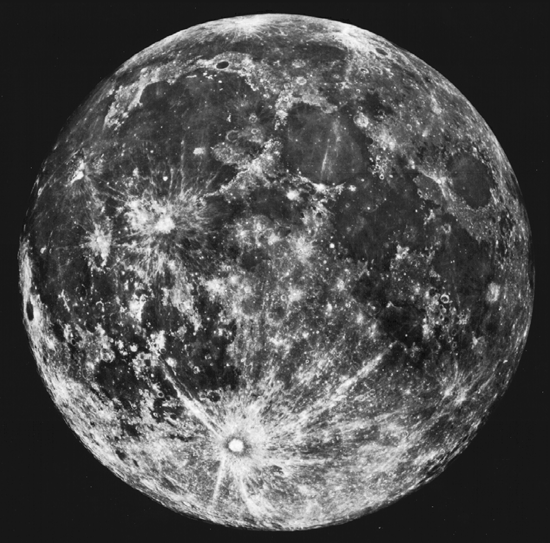| The
Laodicean
Times |
|
|
   |
Since Biblical times the months and years of the Jewish calendar have been established by the cycles of the moon and the sun. The traditional law prescribes that the months shall follow closely the course of the moon, from its Molad (birth, conjunction) to the next New Moon. Furthermore, the lunar months must always correspond to the seasons of the year, which are governed by the sun. The month of Nisan with the Passover Festival, for instance, must occur in the Spring and the month of Tishri with the harvest festival of Succoth in Fall. Thus, the Jewish calendar is
LUNI-SOLAR. It is in contrast to our civil
calendar, the Gregorian, which is purely solar,
and in which the months have completely lost their
relation to the moon. But it is also quite
different from the Mohammedan calendar, an
absolutely lunar system, in which every month
follows the moon closely but wanders through all
four seasons during the period of 33 years. In the early times of our history the solution was found by the following practical procedure: The beginnings of the months were determined by direct observation of the new moon. Then those beginnings of the months (Rosh Hodesh) were sanctified and announced by the Sanhedrin, the Supreme Court in Jerusalem, after witnesses had testified that they had seen the new crescent and after their testimony had been thoroughly examined, confirmed by calculation and duly accepted. The Jewish communities were notified of the beginning of the months (Rosh Hodesh) in earlier time by kindling of night fires on the mountains, and later on by messengers. A special committee of the Sanhedrin, with its president as chairman, had the mandate to regulate and balance the solar with the lunar years, This so-called Calendar Council (Sod Haibbur) calculated the beginnings of the seasons (Tekufoth) on the basis of astronomical figures which had been handed down as a tradition of old. Whenever, after two or three years, the annual excess of 11 days had accumulated to approximately 30 days, a thirteenth month |
This method of observation and intercalation * was in use throughout the period of the second temple (516B.C.E. - 70C.E.), and about three centuries after its destruction, as long as there was an independent Sanhedrin. In the fourth century, however, when oppression and persecution threatened the continued existence of the Sanhedrin, the patriarch Hillel II took an extraordinary step to preserve the unity of Israel. In order to prevent the Jews scattered all over the surface of the earth from celebrating their New Moons, festivals and holidays at different times, he made public the system of calendar calculation which up to then had been a closely guarded secret. It had been used in the past only to check the observations and testimonies of witnesses, and to determine the beginnings of the spring season.
In accordance with this system, Hillel II formally
sanctified all months in advance, and intercalated all
future leap years until such time as a new, recognized
Sanhedrin would be established in Israel. This is the
permanent calendar according to which the New Moons and
Festivals are calculated and celebrated today by the Jews
all over the world. Like the former system of observation,
it is based on the Luni-Solar principle. It also
applies certain rules by which the astronomical
facts are combined with the religious requirements into an
admirable calendar system.